Have you ever reached out to pet a cat, only to be met with a flick of the tail and a quick retreat? Cats are mysterious creatures, and their need for personal space can sometimes feel baffling—especially for those yearning for a cuddly companion. Yet, beneath their cool exteriors lies a fascinating world of emotions, instincts, and social cues. Understanding why cats prefer some distance before forming deep bonds isn’t just intriguing—it’s the key to unlocking true feline friendship. Let’s explore the surprising reasons behind this unique aspect of cat behavior and see how giving them space might be the most loving act of all.
Instincts from the Wild: A Cautious Heritage
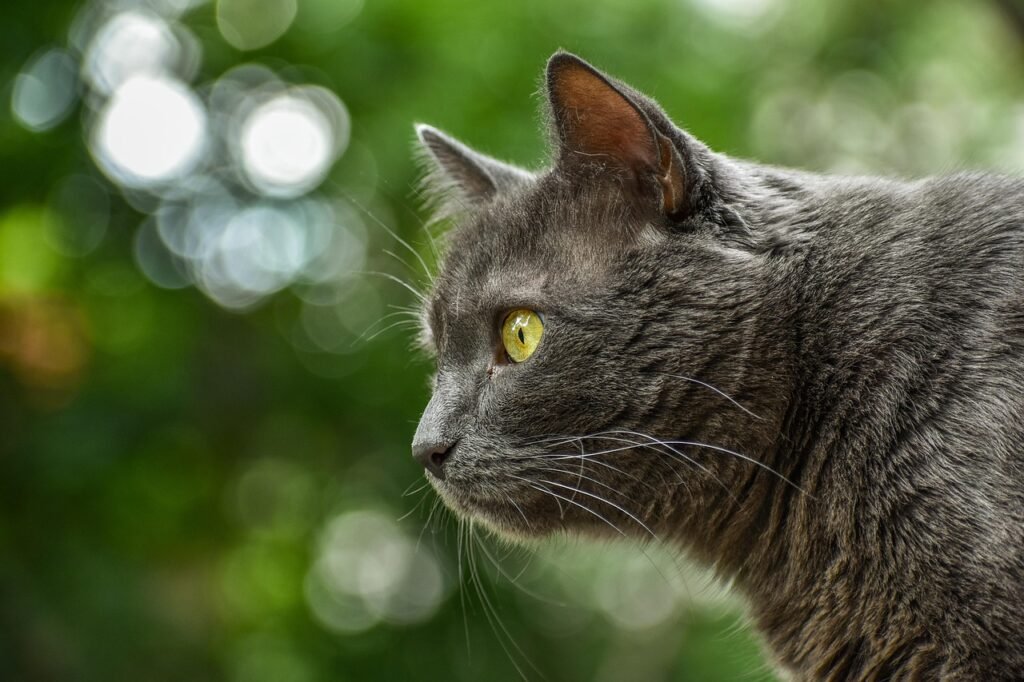
Cats have roamed the wild for thousands of years, relying on their sharp instincts to survive. Unlike pack animals, wild cats live solitary lives, where caution is essential. Every movement, every sound, and every new scent could signal danger or opportunity. This instinct to keep a safe distance helps them avoid threats and stay alert. Even our modern housecats carry these inherited behaviors deep within them. So, when a cat hesitates to approach, it’s simply following age-old wisdom that once kept its ancestors alive. Recognizing this can help us respect their need for a gentle, gradual approach.
Sensitivity to Surroundings: A World of Scent and Sound

Cats have senses that are far more acute than ours. They can pick up on the faintest sounds, subtle changes in the environment, and even shifts in human mood. When entering a new place, cats will often pause, sniff, and listen, taking in every detail before making a move. This heightened awareness means that sudden interactions or crowding can be overwhelming. They need time to process their surroundings and feel secure. By giving your cat space to explore and adjust, you show them you understand their world—a critical step toward building trust.
The Importance of Trust: Earning Each Other’s Confidence
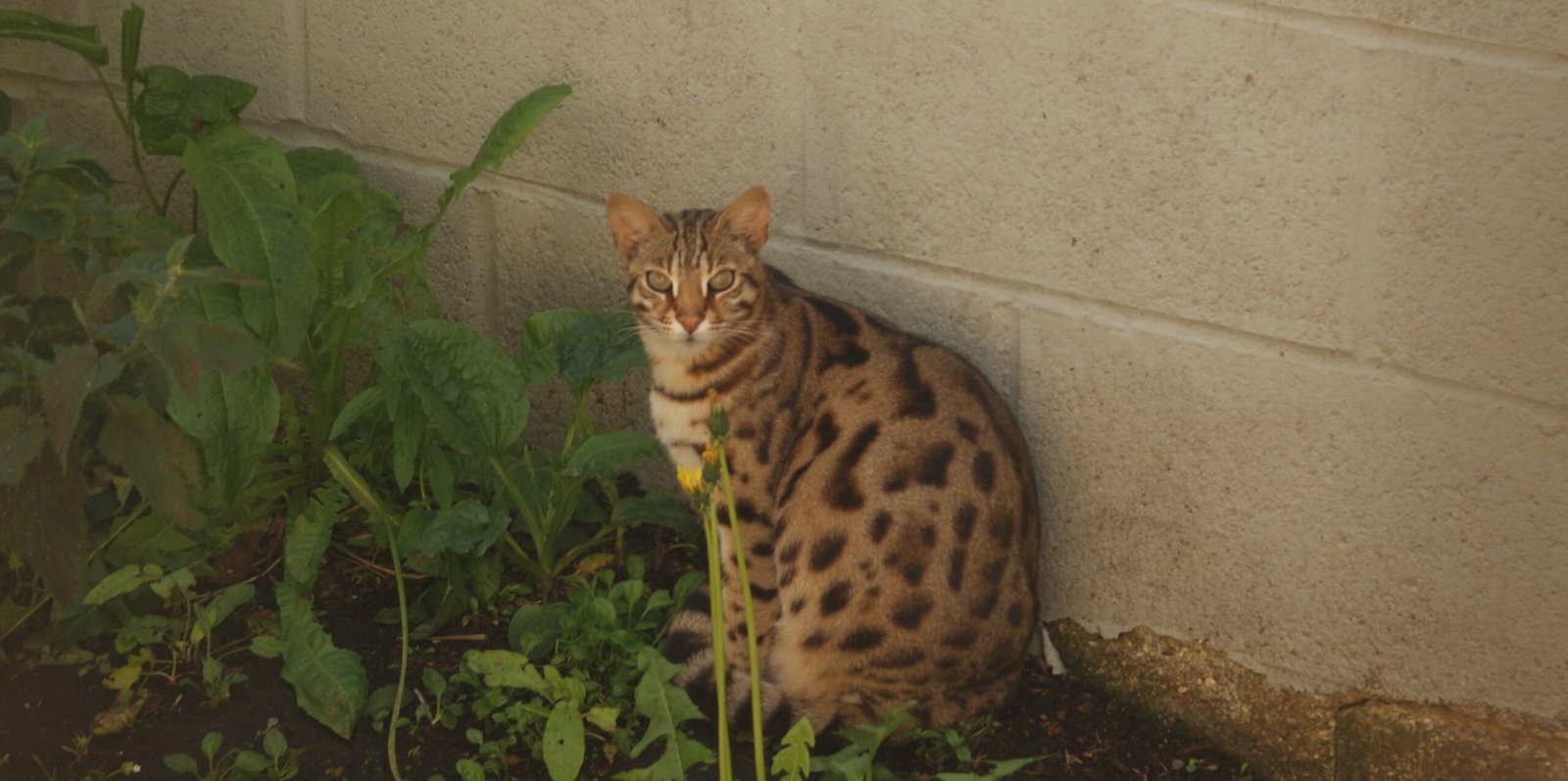
Trust is the foundation of any deep bond, but with cats, it must be earned slowly. Unlike dogs, who may instantly seek affection, cats prefer to watch and wait. They observe your actions, your tone of voice, and how you respect their boundaries. If you try to rush the process, a cat may retreat further. On the other hand, patience and gentle behavior can gradually convince a cat that you mean no harm. Over time, this trust transforms into a powerful, lasting connection.
The Role of Early Socialization

A cat’s experiences during kittenhood shape how it relates to people and other animals. If a kitten is handled kindly and regularly, it’s more likely to be comfortable with close contact as an adult. However, cats that didn’t have much positive human interaction early on may need more space and time to warm up. This isn’t a reflection of your worth as a companion, but rather the result of their formative experiences. By recognizing and respecting this, you can help even shy cats learn to bond more deeply.
Stress and Anxiety: The Hidden Barriers

Stress plays a significant role in how much space a cat needs. Loud noises, unfamiliar guests, sudden changes in routine, or conflicts with other pets can make a cat feel anxious. When stressed, cats instinctively seek out quiet, hidden spots where they can decompress. If you notice your cat spending more time alone, it might be their way of coping with stress. Understanding these signals and providing a calm environment makes it easier for them to return to social interactions on their own terms.
Communication through Body Language
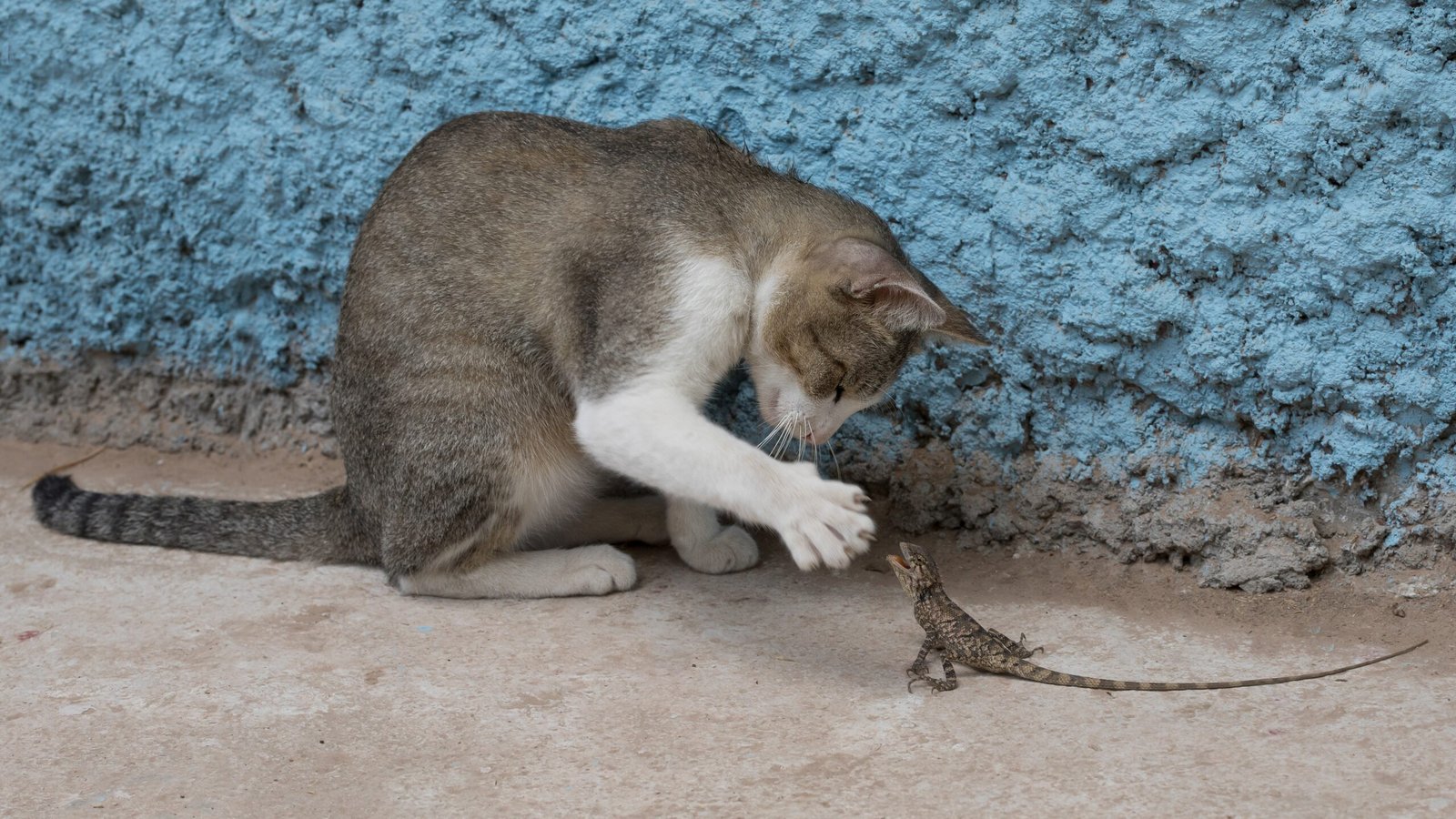
Cats speak volumes with their bodies—ears flattened, tails flicking, pupils dilating. These subtle cues are their way of saying, “I’m not ready,” or “I need space.” Ignoring these signals can damage the trust you’ve worked so hard to build. On the other hand, respecting their body language shows empathy and helps cats feel safe. Over time, as your cat realizes you listen to them, they’ll begin to seek your company more often, deepening your bond.
The Power of Choice: Letting Cats Lead
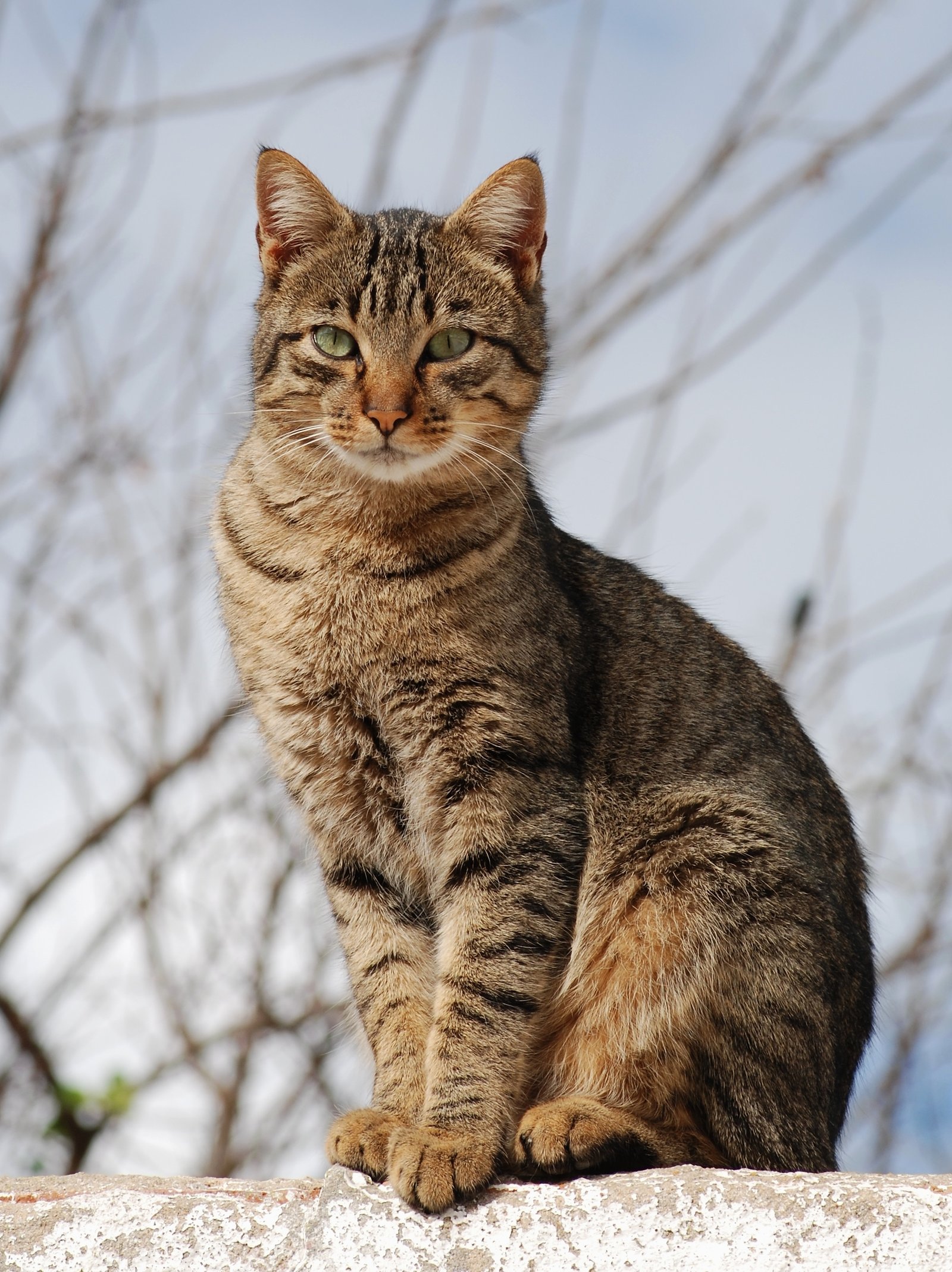
One of the most effective ways to bond with a cat is to let them set the pace. When a cat chooses to approach, sniff, or sit near you, it’s a sign of growing trust. Forcing interactions, however well-intentioned, can have the opposite effect. Instead, offer your hand for a sniff, sit quietly nearby, and let your cat decide when to engage. This approach empowers them and encourages a genuine, lasting connection.
Personal Territory: The Comfort of Familiar Spaces

Cats are territorial animals, and their sense of security is deeply tied to their environment. They mark their favorite spots with scent glands and return to them when they need to feel safe. When introducing a cat to a new home or situation, it’s important to give them space to claim as their own. Providing cozy beds, hiding spots, and vertical spaces helps them settle in. Once they feel secure in their territory, they’re more likely to approach you for affection.
Personality Differences: Not All Cats Are Alike

Just like people, every cat has a unique personality. Some are outgoing and curious, while others are shy and reserved. Breed can play a role, but so can individual temperament. For example, a bold Bengal may leap into your lap, while a gentle British Shorthair prefers to watch from afar. Recognizing your cat’s personal style is essential for forming a deep bond. It means celebrating their individuality and meeting them where they are, not where you want them to be.
Respect for Boundaries: Building Mutual Understanding

Boundaries aren’t just for people—cats need them too. When a cat signals that it’s had enough petting or play, it’s crucial to stop and give them space. Ignoring these boundaries can lead to mistrust or even defensive behavior. Over time, respecting your cat’s limits shows them that you’re a safe and considerate companion. This mutual understanding is the cornerstone of a strong, loving relationship.
Gradual Introduction to New People
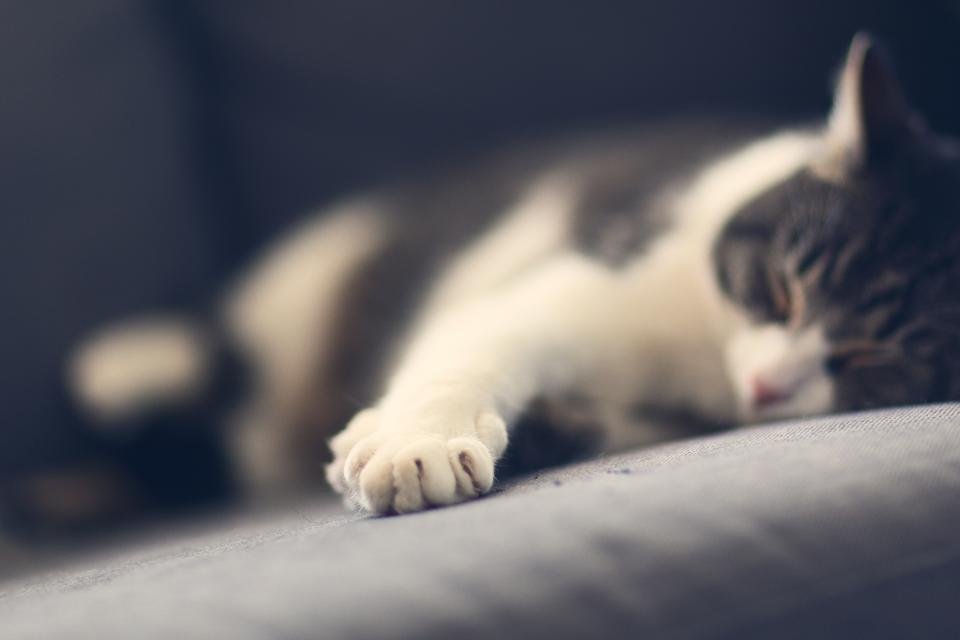
Cats often need time to warm up to strangers. When guests visit, some cats may hide until the coast is clear. This isn’t rudeness—it’s self-preservation. Allowing your cat to approach new people at their own pace helps reduce anxiety. Encourage visitors to remain calm, avoid loud voices, and offer gentle encouragement. With patience, cats can learn to build new bonds without feeling threatened or overwhelmed.
Play as a Bridge to Connection
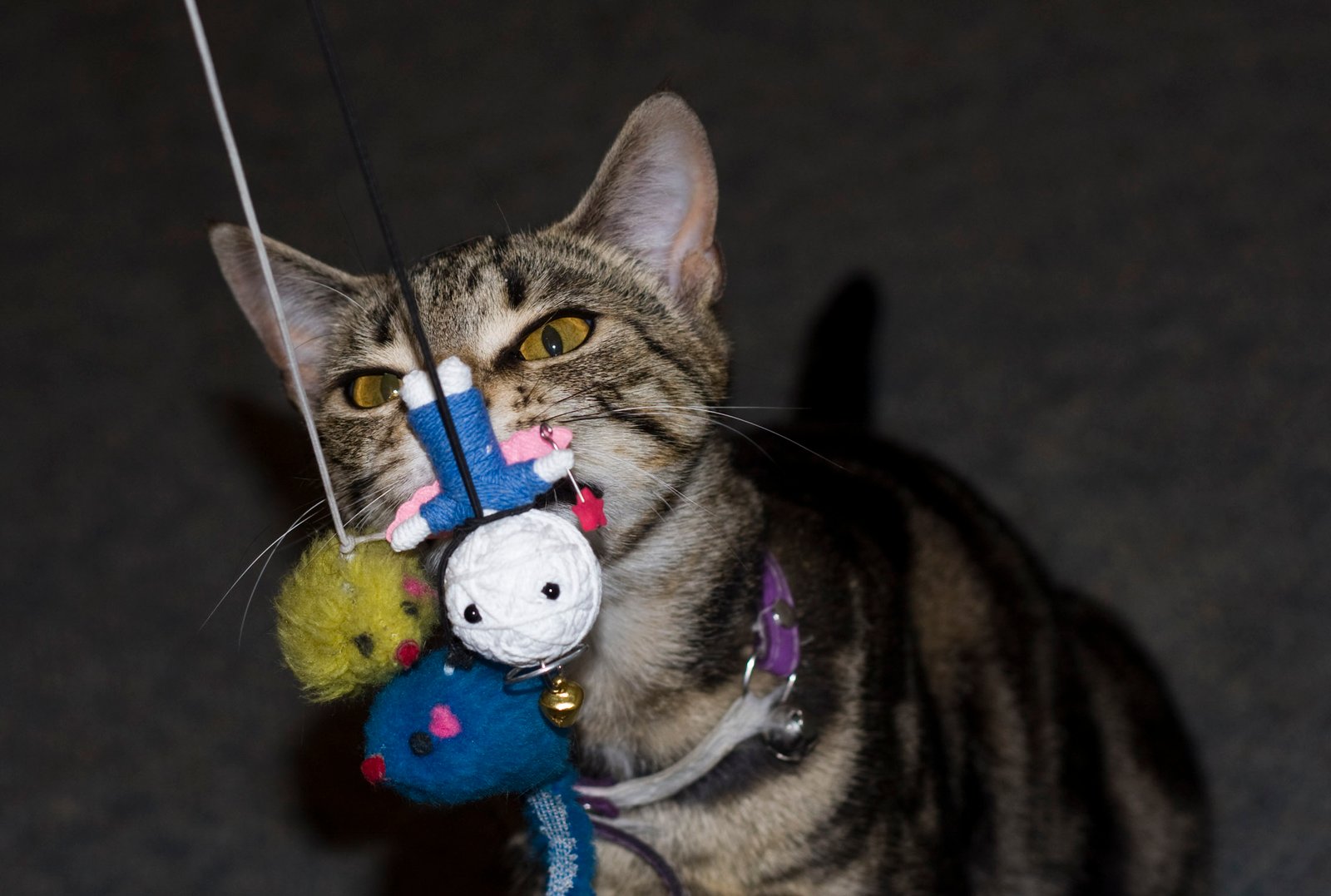
Interactive play is a powerful way to bring you and your cat closer together. Toys like feather wands, laser pointers, and crinkle balls allow cats to engage with you without feeling crowded. Play mimics hunting—a natural behavior that builds confidence and trust. As your cat grows comfortable playing with you, they may become more open to physical affection. Games become not just fun but a vital part of forming deep, lasting bonds.
Food and Positive Reinforcement
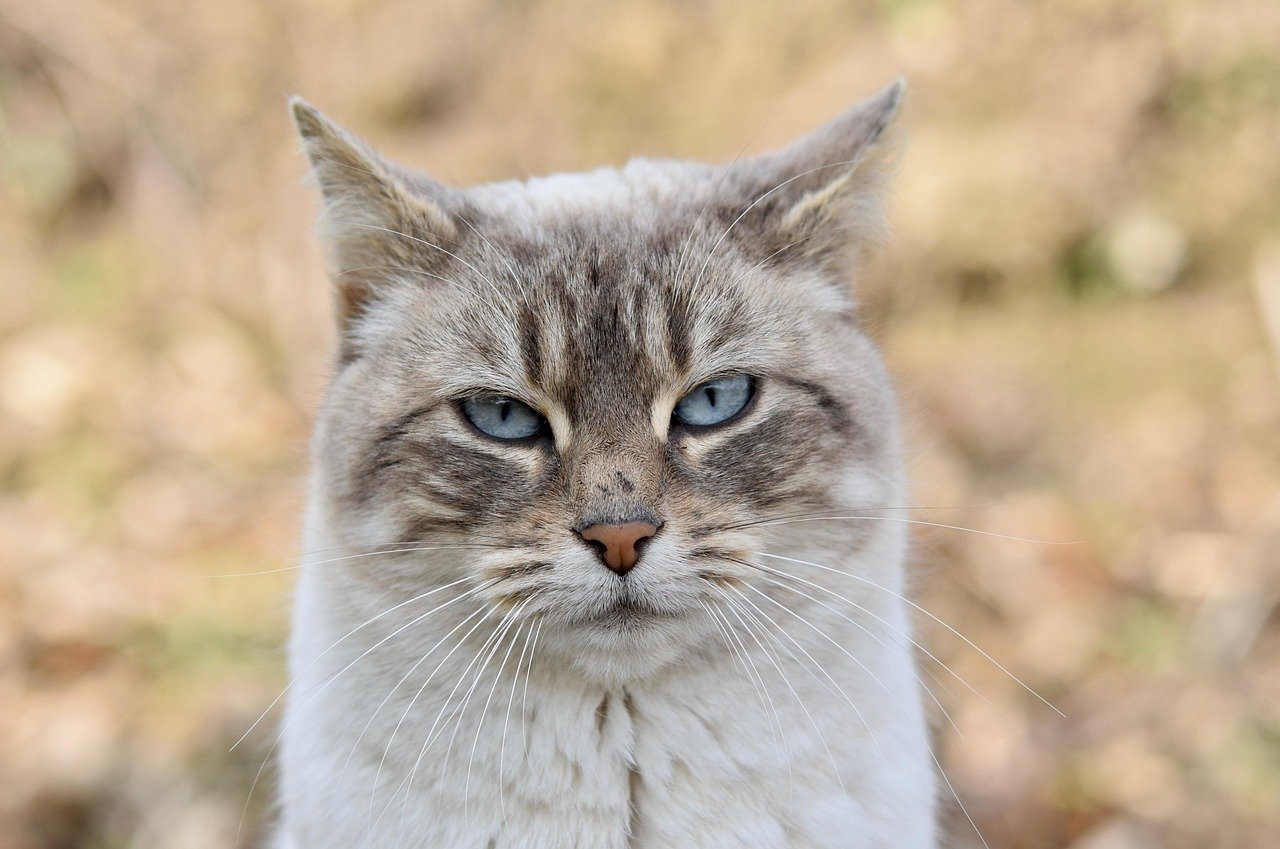
They say the way to a cat’s heart is through its stomach. Offering treats or feeding your cat by hand creates positive associations with your presence. Over time, these moments of shared enjoyment can help even the shyest cats feel safe around you. Positive reinforcement, such as gentle praise and treats, encourages your cat to seek out your company more often, laying the groundwork for deeper bonding.
Patience: The Unsung Hero of Cat Bonding

Bonding with a cat isn’t a race—it’s a slow, rewarding journey. Some cats may take weeks or even months to show affection, while others warm up more quickly. The key is patience. Rushing the process can break fragile trust, while waiting and allowing your cat to dictate the pace leads to a more meaningful connection. Remember, the sweetest moments come to those who wait.
Safe Spaces: The Importance of Retreats
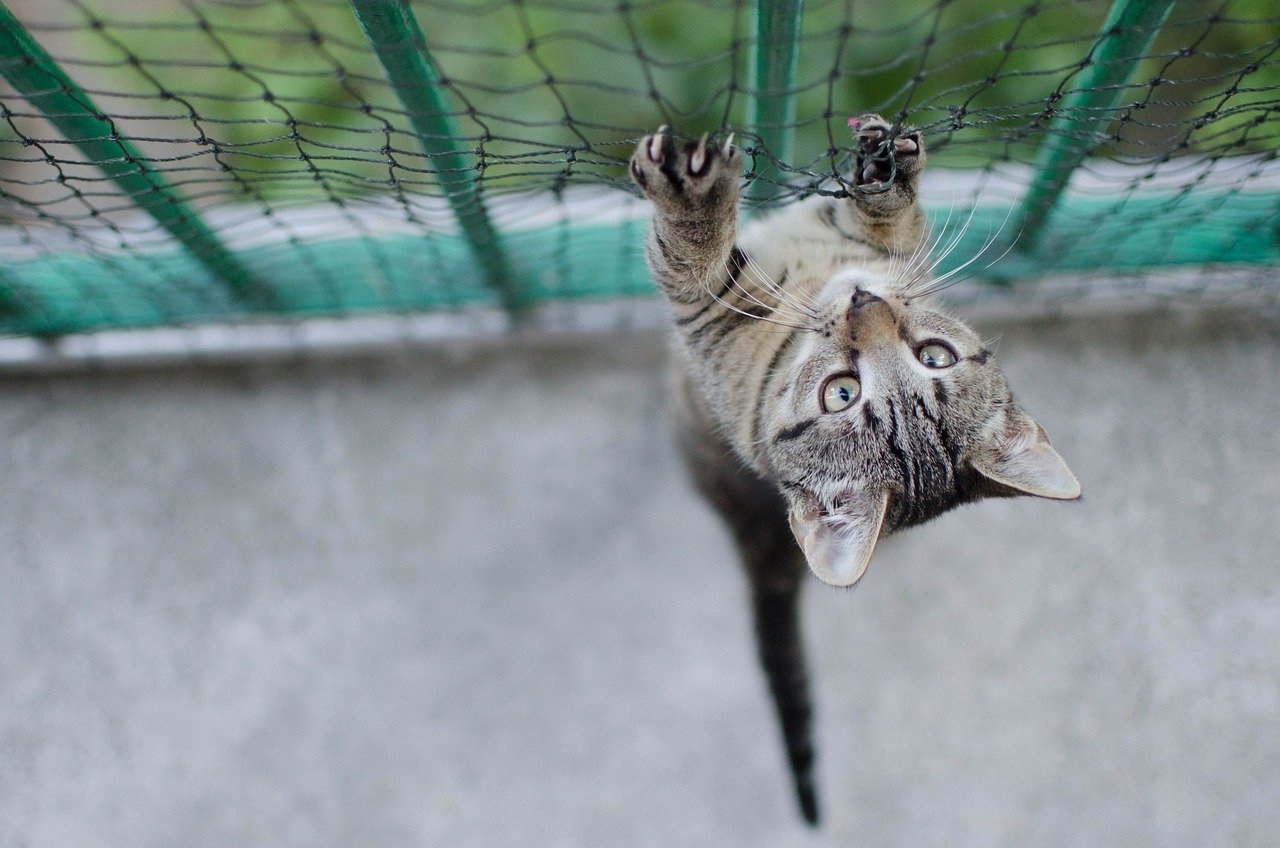
Cats need places where they can retreat and recharge. Whether it’s a cozy box, an elevated perch, or a quiet room, these safe spaces give cats the confidence to explore relationships at their own speed. If your cat knows it can always escape to a hiding spot, it will feel more secure and open to bonding. Providing these retreats is an act of love that communicates respect and understanding.
Understanding Over Affection: Quality vs. Quantity

Some cat lovers crave endless cuddles, but cats value understanding over overwhelming affection. Short, positive interactions are often better than long, forced ones. It’s not about the amount of time you spend together, but the quality of your connection. Respecting your cat’s limits and learning to read their cues leads to richer, more rewarding relationships than any amount of forced snuggling.
Healing from Past Trauma

Cats with histories of neglect or trauma may need extra time and space before they can bond deeply. Their mistrust isn’t personal—it’s a survival mechanism. Gentle, consistent care and a predictable routine can help these cats heal. Over time, they may learn that people can be sources of comfort and safety. The process is slow, but the rewards are profound when a once-fearful cat finally seeks out your affection.
The Impact of Routine and Predictability

Cats thrive on routine and predictability. Sudden changes in their environment or schedule can make them anxious and less likely to seek out companionship. Providing meals, playtime, and quiet moments at regular intervals helps cats feel secure. This stability allows them to relax and gradually bond with the people around them. When life feels predictable, cats are more likely to open their hearts.
Recognizing the Signs of Deep Bonding

When a cat finally chooses to bond deeply, the signs can be subtle but deeply touching. Slow blinks, gentle headbutts, and seeking your company are all signs of trust and affection. Some cats may follow you from room to room or bring you their favorite toy. These gestures, though quiet, speak volumes about the depth of your bond. Cherish these moments—they are the true rewards of patience and understanding.
The Joy of Earning a Cat’s Love

There’s something uniquely rewarding about gaining the trust of a cat. Unlike instant puppy love, feline affection must be earned. When a cat curls up beside you or purrs softly in your lap, it’s a sign that you’ve been accepted into its inner circle. This love, given freely and on the cat’s own terms, is a beautiful testament to patience, respect, and mutual understanding. For many cat lovers, this slow, steady journey is what makes feline companionship so extraordinary.
Debunking Myths: Aloofness Isn’t a Lack of Love

Many people mistake a cat’s need for space as evidence that it doesn’t care for its humans. In reality, this distance is simply a natural part of feline behavior. Cats show love differently than dogs or people—they take their time, observe from afar, and approach when they feel safe. Understanding this truth helps deepen appreciation for their unique personalities. The love of a cat is quiet, profound, and absolutely worth the wait.
Hi, I’m Bola, a passionate writer and creative strategist with a knack for crafting compelling content that educates, inspires, and connects. Over the years, I’ve honed my skills across various writing fields, including content creation, copywriting, online course development, and video scriptwriting.
When I’m not at my desk, you’ll find me exploring new ideas, reading books, or brainstorming creative ways to solve challenges. I believe that words have the power to transform, and I’m here to help you leverage that power for success.
Thanks for stopping by, Keep coming to this website to checkout new articles form me. You’d always love it!






